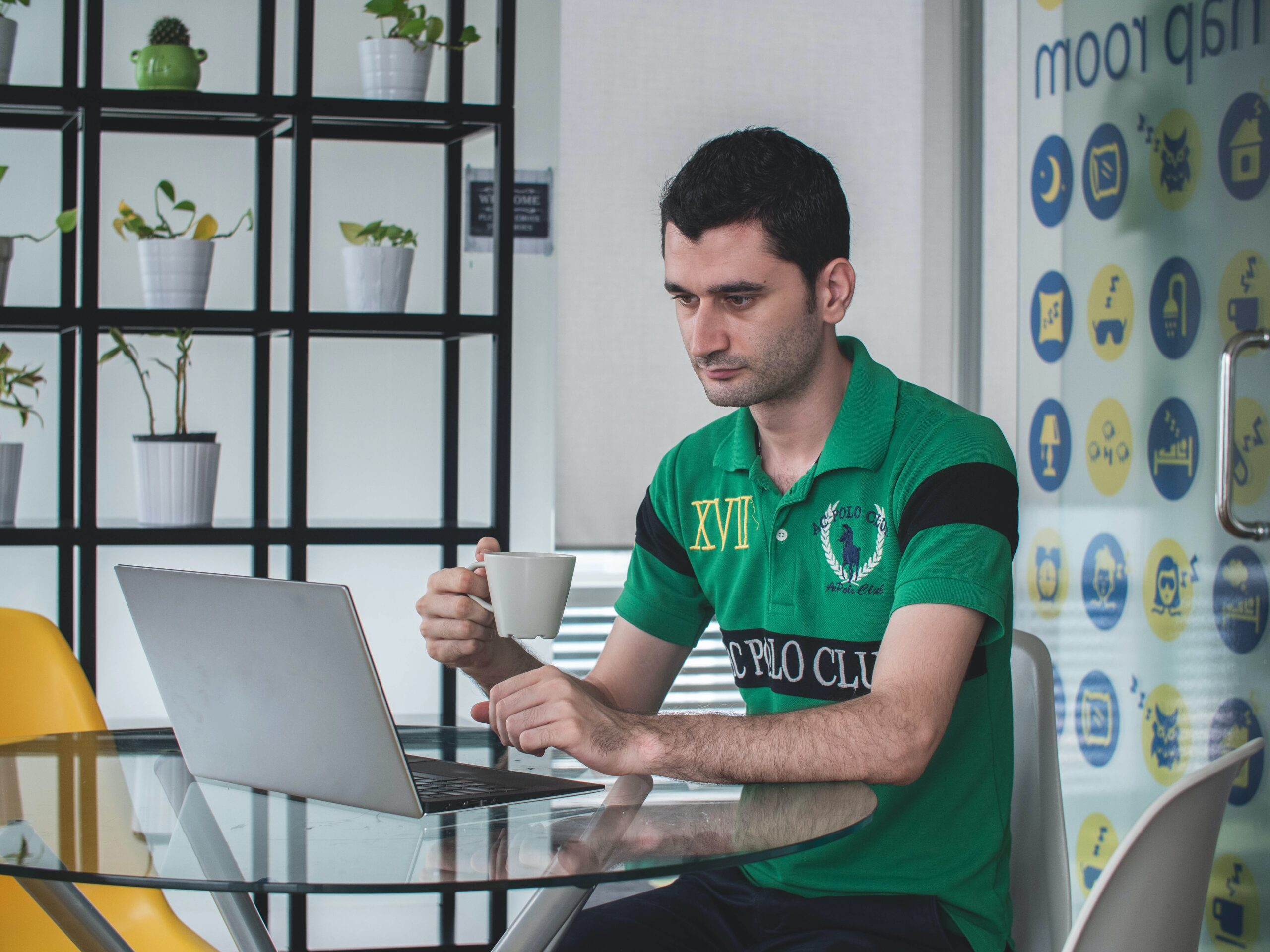Minimum Viable Products (MVPs) can often fail when they don’t take into account the desired customer outcome, including the customer goal, appropriate experience, and pain point it solves.
One common mistake that leads to MVP failure is focusing too much on the product itself and not enough on the customer’s needs and desired outcome. An MVP that is built solely based on the product’s features and functions without considering how it addresses the customer’s goals and pain points is unlikely to be successful.
Another mistake is not properly testing the MVP with target customers. An MVP that is not validated by the target customers may fail to address their desired outcomes and pain points, leading to low adoption rates and low customer satisfaction.
A third mistake is not incorporating the appropriate experience into the MVP. The customer’s experience with the product is just as important as the product itself. An MVP that is difficult to use or does not provide a positive customer experience will fail to meet the desired outcome, regardless of how well it addresses the customer’s goals and pain points.
Finally, MVPs can fail when they don’t properly address the customer’s pain points. If the MVP does not solve a significant pain point for the customer, they may not see the value in using the product, leading to low adoption rates and high churn rates.
To avoid these pitfalls, startups should focus on understanding their target customers’ desired outcomes and pain points, and build MVPs that address those needs while incorporating the appropriate experience. Testing and validating the MVP with target customers can help ensure that the product meets their desired outcome and provides value. By taking a customer-centric approach to building MVPs, startups can increase their chances of success and achieve early traction in the market.
Here are 5 examples of real-world companies that failed to meet their target customer goals with their minimum viable products:
- Color Labs: Color Labs was a social networking app that aimed to bring together photos, videos, and text from various social media platforms in one place. However, it failed to meet the target customer goal of providing a user-friendly interface, leading to poor user engagement and ultimately the failure of the app.
- Juicero: Juicero was a startup that created a juicing machine that used pre-packaged juice packets. However, the product failed to meet the target customer goal of convenience, as the machine required a Wi-Fi connection to function and the juice packets were found to be easily squeezed by hand, making the machine unnecessary.
- Homejoy: Homejoy was a startup that provided on-demand cleaning and home services. Despite raising over $40 million in funding, the company failed to meet the target customer goal of quality, as customers complained about poor service and inconsistent results.
- Kano: Kano was a startup that created DIY computer kits aimed at children. The company failed to meet the target customer goal of ease of use, as the kits were found to be overly complicated and difficult to assemble.
- Tilt: Tilt was a social payment app that aimed to make it easy for groups to collect and track money. However, the product failed to meet the target customer goal of security, as the app was found to have vulnerabilities that could be exploited by hackers.
And, here are five real-world examples of MVPs that failed to provide an appropriate experience for the target customer:
- Juicero: Juicero was a startup that produced a juicing machine that was supposed to revolutionize the way people made juice at home. However, the machine was extremely expensive, and the juice packs that were required to use it were also very costly. In addition, customers found that they could get the same quality of juice by simply squeezing the juice packs by hand, without the need for the expensive machine.
- Color Genomics: Color Genomics was a startup that offered genetic testing services to customers. The company’s MVP was a kit that customers could use to collect a saliva sample, which was then sent to the company for analysis. However, customers reported that the process of collecting the sample was difficult and uncomfortable, leading to a poor user experience.
- Teforia: Teforia was a startup that produced a high-end tea-brewing machine. However, the machine was very expensive, and customers found that they could get the same quality of tea by simply brewing it in a traditional tea pot. In addition, the machine was difficult to clean, which also detracted from the user experience.
- Lily Robotics: Lily Robotics was a startup that produced a drone that was designed to follow its owner around and capture video footage. However, the company’s MVP was plagued by technical issues, and customers reported that the drone was difficult to control and prone to crashing. In addition, the price of the drone was very high, which made it difficult for many potential customers to justify the cost.
- Leap Motion: Leap Motion was a startup that produced a device that allowed users to control their computers with hand gestures. However, customers found that the device was not very accurate, and the user experience was frustrating. In addition, the device required special software to be installed on the user’s computer, which made it difficult to use for many potential customers.
Finally, here are 5 examples of real-world startups whose MVPs failed to address the target customer pain points:
- Juicero: Juicero was a startup that created a $400 juicer that required proprietary juice packets. However, the company failed to recognize that customers were more interested in convenience and affordability, rather than expensive, high-tech juicing machines. The company ultimately shut down in 2017.
- Dinner Lab: Dinner Lab was a startup that aimed to revolutionize the dining experience by hosting pop-up dinners in unique locations. However, the company failed to recognize that customers were more interested in consistent, high-quality food and service rather than unique locations. The company filed for bankruptcy in 2016.
- Tilt: Tilt was a startup that aimed to make group payments easier by allowing users to pool money for events or gifts. However, the company failed to recognize that customers were more interested in security and privacy of their financial information. The company was acquired by Airbnb in 2017.
- Secret: Secret was a startup that created an anonymous messaging app where users could share secrets with their contacts. However, the company failed to recognize that customers were more interested in positive and supportive social interactions rather than anonymous gossip. The company shut down in 2015.
- Yik Yak: Yik Yak was a startup that created an anonymous social media app for college students. However, the company failed to recognize that customers were more interested in positive social interactions and community building, rather than anonymous posting. The company shut down in 2017.










